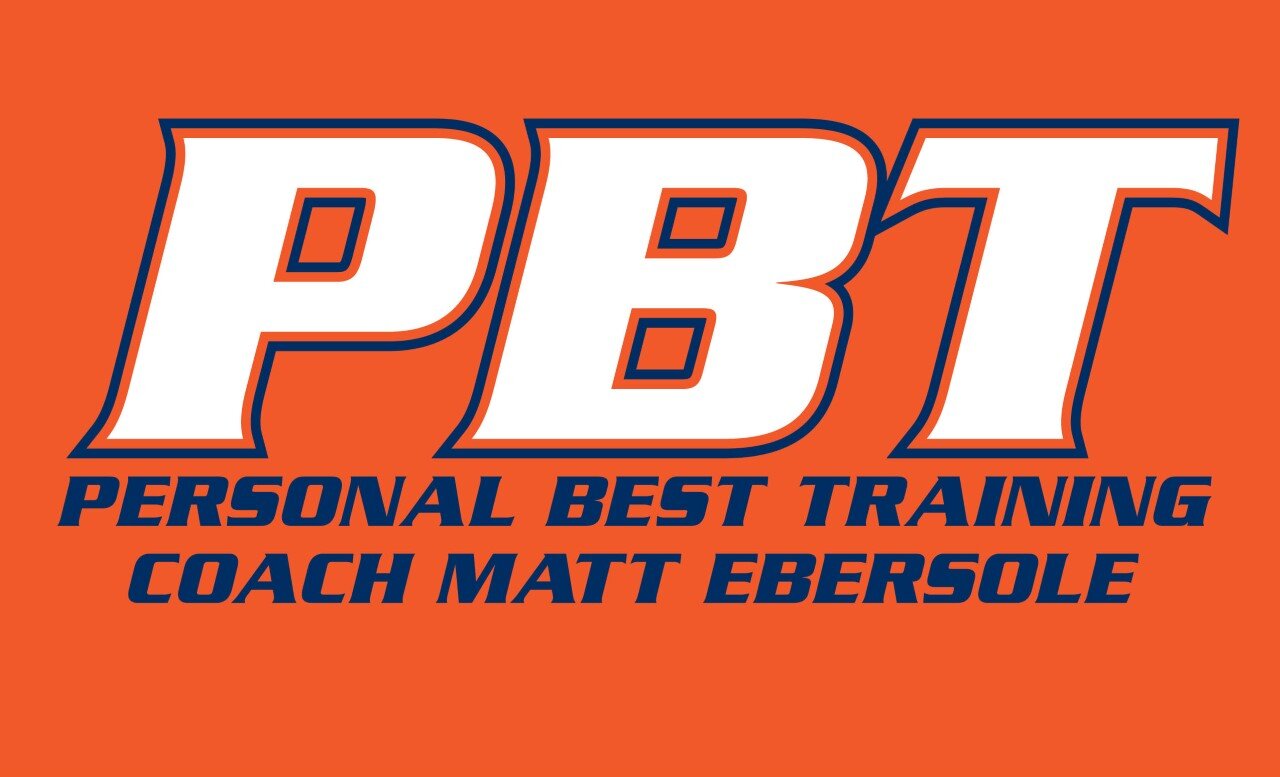Haile Gebrselassie (1658) had the best performance range in history.
To be faster or more competitive at your chosen distance you might start by becoming a better runner. I know this sounds redundant and obvious, so let me explain. If you consider yourself a half marathoner, think about how much of your year is spent working on improving the demands of other distances. The two people you least want to have pull up alongside you at 10 miles in a half marathon are a marathoner that you know can hold a pace for hours and someone that just ran a great 5K because you know at the end they have a gear you don’t. If you could combine the endurance and stamina of marathon training and the economy and speed of 5K training, you will be a better half marathoner. You know when you do something new that it stresses your body in a different way and you can feel it. If you are stuck in one type of training you may no longer feel that kind of stress and mild soreness that reminds you that you did something new. That can mean you have adapted to your training and your benefits are no longer being maximized.
Below is a summary of the benefits of the four workout types for a middle distance runner and marathoner. By reshuffling your training and racing mix you can have them all. These do not just meet in the middle at 13.1. We know from history that when middle distance runners started running higher mileage at points in the year to complement their speed, records fell and medals were won (Thank you, Arthur!). We also know that the marathon was revolutionized when national and world record holders moved from the track to the road. Running over your chosen race distance helps the race seem much shorter mentally. After a few marathons a 5K seems to be over before you can blink. Running below your goal distance helps race pace feel more comfortable. Spending most of a 5K in the pain cave makes the early miles of a marathon seem like jogging. At the world class level, once you’ve run 4:10 pace for 5,000m (sub 13:00), 4:50 (2:06+) pace does not seem that bad, even if it is for a few hours. The marathoners all want these people to stay on the track until they are well past their prime.
Endurance
Miler – The ability to recover. Marathoner – Able to keep going.
Stamina
Miler - The ability to stay aerobic longer into the race. Marathoner – Able to maintain pace.
Economy
Miler – Lowers the cost of race pace. Marathoner – Makes race pace more sub maximal and more comfortable longer.
Speed
Miler – Enables a wider variety of race tactics, such as surging, covering moves, and kicking. Marathoner- Counteracts the biomechanical poison of high mileage.
Now the trick is to get the balance right at the appropriate time of the year to be ready to combine them all in the right mix on the most important days. If you do this well, you will be the one they don't want to see with a few miles to go!
Haile Gebrselassie may have the best performance range in history. #157 All-Time 1 Mile 3:52.39 in 1999, #2 5,000m 12:39.36 in 1998, #2 10,000m 26:22.75 in 1998, and #9 Marathon 2:03:59 in 2008. Emil Zatopek (903) displayed historic dominance by winning the 5,000m, 10,000m and Marthon in the 1952 Olympics.


